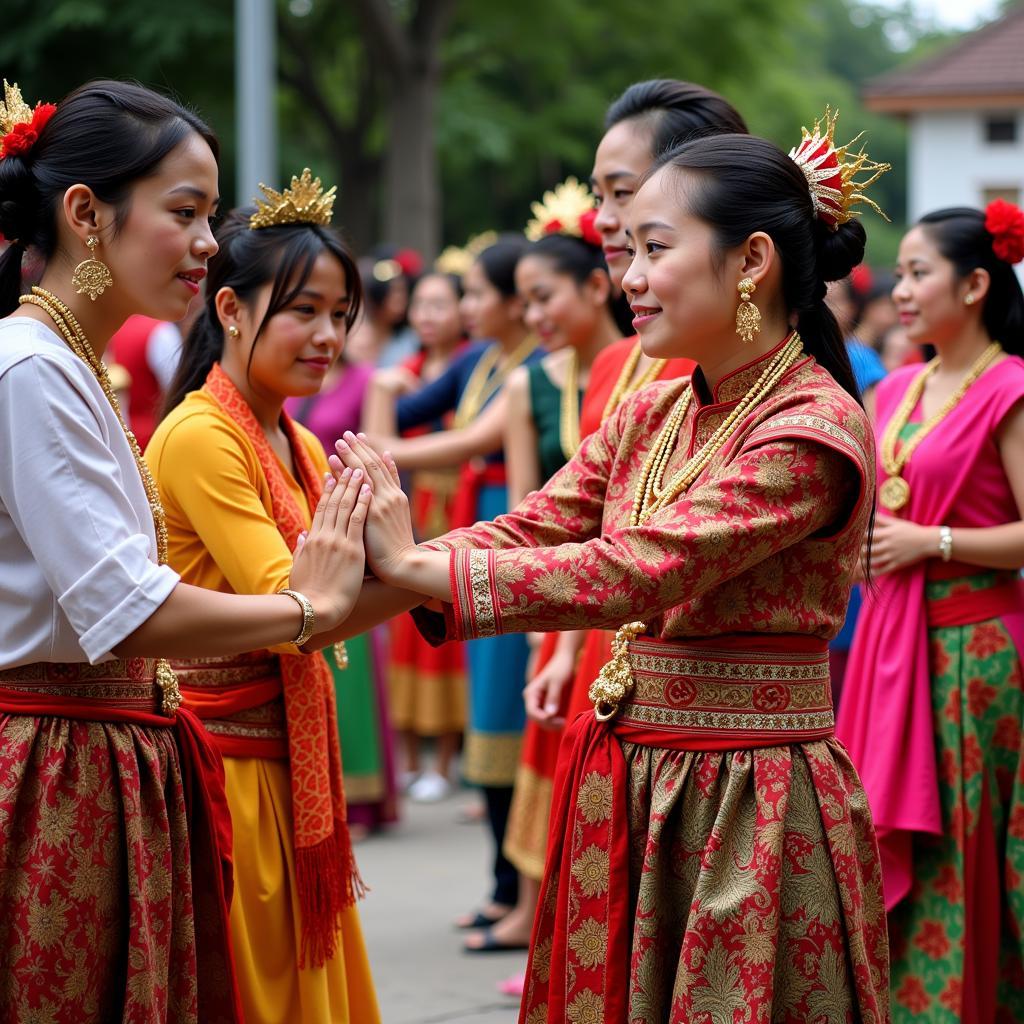The ASEAN neighbour list encapsulates a complex network of geographical proximity, shared history, and evolving political dynamics. Southeast Asia, a region known for its cultural tapestry and rapid economic growth, is also home to a web of inter-state relationships that shape its trajectory.
Delving Deeper: Beyond Geographical Proximity
While the term “neighbour” often evokes a sense of simple geographical closeness, the reality within ASEAN is far more nuanced. These relationships are multi-faceted, influenced by historical ties, cultural exchanges, economic partnerships, and even political alliances. Understanding the ASEAN neighbour list requires delving into the historical context, political climate, and socioeconomic factors that contribute to the dynamism of the region.
A Region Forged Through Cooperation and Conflict
ASEAN itself, founded in 1967, emerged from a backdrop of Cold War tensions and regional instability. The association’s ten member states – Brunei, Cambodia, Indonesia, Laos, Malaysia, Myanmar, the Philippines, Singapore, Thailand, and Vietnam – have navigated periods of conflict and cooperation, ultimately fostering a spirit of regionalism and shared aspirations for peace and prosperity.
 ASEAN Summit: Leaders in Discussion
ASEAN Summit: Leaders in Discussion
Navigating Shared Borders and Overlapping Interests
The ASEAN neighbour list extends beyond the ten member states to encompass countries like China, India, Australia, and those within the Pacific Islands forum. These nations play pivotal roles in the regional landscape, engaging with ASEAN on various levels, from trade and investment to security and cultural exchange.
For instance, the South China Sea dispute exemplifies the complexities of overlapping territorial claims and the delicate balance of power within the region. Similarly, the Mekong River Commission highlights the need for collaborative efforts to address transboundary issues such as water resource management and environmental sustainability.
ASEAN’s Neighbours: A Tapestry of Relationships
Each neighbouring country brings its own unique dynamics to its interactions with ASEAN.
- China: A rising global power, China’s economic influence in Southeast Asia is undeniable. While there are areas of cooperation, such as trade and infrastructure development, there are also points of contention, including the South China Sea dispute.
- India: India’s “Act East” policy underscores its growing interest in strengthening ties with ASEAN, particularly in areas like trade, connectivity, and maritime security.
- Australia: As a long-standing dialogue partner, Australia shares close economic and security ties with ASEAN, actively participating in regional forums and initiatives.
 ASEAN Cultural Exchange Program
ASEAN Cultural Exchange Program
Looking Ahead: Challenges and Opportunities
The ASEAN neighbour list is not static; it’s a dynamic reflection of evolving geopolitical realities. As the region continues to grapple with challenges such as territorial disputes, non-traditional security threats, and the need for sustainable development, fostering strong and stable relationships with neighbouring countries remains crucial.
By embracing dialogue, cooperation, and a shared commitment to regional stability, ASEAN and its neighbours can navigate the complexities of their intertwined destinies and unlock the full potential of this vibrant and dynamic part of the world.

